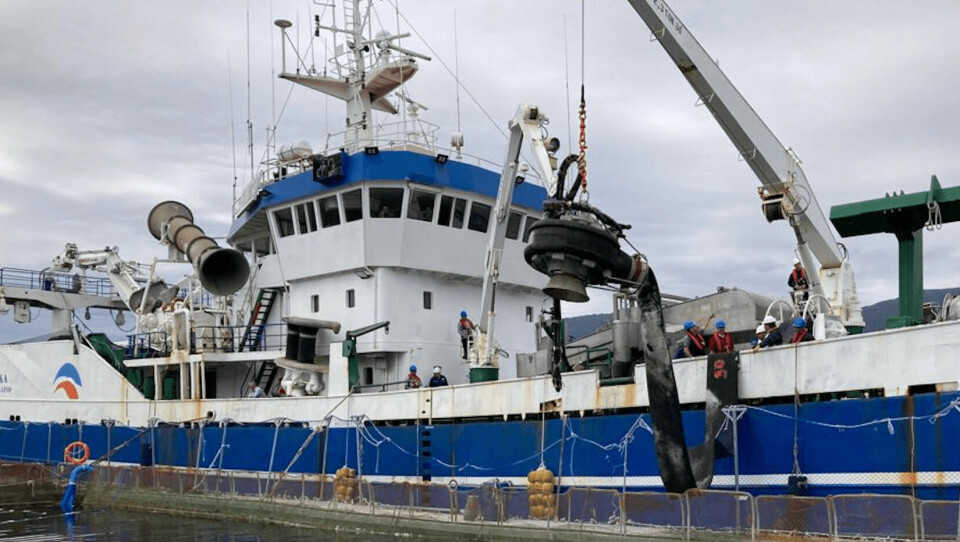
Salmones Austral and Blumar report algal bloom losses
Salmones Austral today became the second Chilean salmon farmer to report fish deaths caused by a bloom of Pseudochattonella microalgae in the Aysén region.
The company said the bloom had caused the deaths of an estimated 200,000 fish worth US $1.15 million at the Centro Ester site run by subsidiary Salmones Pacific Star.
The total number of fish at the site prior to the event was approximately 792,278, with an average weight of 692g, reported Diario Financiero.
30% of stock lost
Yesterday, salmon farmer Blumar reported that it had lost around 760,000 (1,230 tonnes) of fish worth $3.3m at its Orestes, Punta Rouse and Isla Ester sites due to the algal bloom. The mortalities accounted for around 30% of the stock at the sites.
During the weekend, Blumar worked with two deep-sea fishing boats, remotely operated vehicles, barges, divers and technical personnel, in an effort to remove the dead fish.
“We have trained personnel and equipment to monitor the (algal bloom) phenomenon and the environment,” said Blumar in a press release.
“We are taking samples every 24 hours of the water column on the surface and also at depths of 5, 10 and 15 metres, which we are sending to the laboratory to maintain an identification and quantification of the phenomenon.”
Mort removal
Extraction of dead fish began on Saturday and is expected to finish in the next few days. The morts will be processed in a fishmeal plant specially authorised for that purpose.
“As soon as the event was known, we informed the authorities and activated the contingency plans that we have prepared for these incidents,” Blumar stated.
“We had underwater robots and suction equipment, in addition to our technical staff and two deep-sea fishing boats with which the fish will be transported.”
Contingency plans
Algal blooms in the area are associated with higher temperatures and low rainfall during the Chilean summer. Blumar has various mitigation systems, such as deep-water upwelling systems that allow greater containment of these types of incidents. These are activated according to the type of algae present.
State aquaculture agency Sernapesca announced yesterday that over the weekend nine of the 13 salmonid farms operating in the Aysén region had announced the activation of algal bloom contingency plans due to the presence of Pseudochattonella.























































